Around the Neighborhood - Volume 2, Number 7
In 1973, Family Communications initiated a print newsletter titled Around the Neighborhood. This newspaper-like publication was largely directed towards parents but included some material for children as well. The information below documents the seventh issue from Volume 2 of Around the Neighborhood.
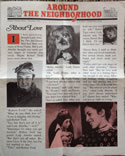
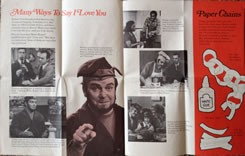
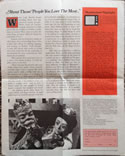
[click images for larger view]
Articles Included:
- About Love
- Many Ways to Say I Love You
- Paper Chains
- About Those People You Love the Most
- Neighborhood Highlights
Articles
It was puzzling, thought Lady Aberlin. One day Queen Sara had been very angry at King Friday. But Lady Aberlin thought you never got very angry at someone you loved. Maybe Robert Troll knew more about that.
"Robert Troll," she asked. "What do you think love is?"
"Love is hugging and kissing," said Robert Troll.
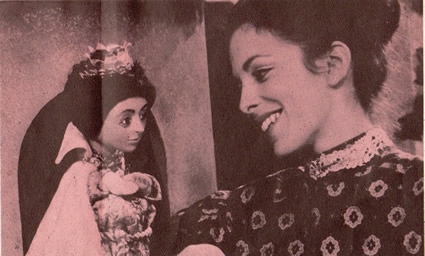
"Yes, but that's not all it is," said Lady Aberlin, "-- is it?"
"Sometimes it's when you get married," Robert Troll suggested. Lady Aberlin smiled. "But that's not all either. Because I love X the Owl, but I'm not married to him."
"True," said Robert Troll.
"Hello, sweetie," Lady Elaine called.
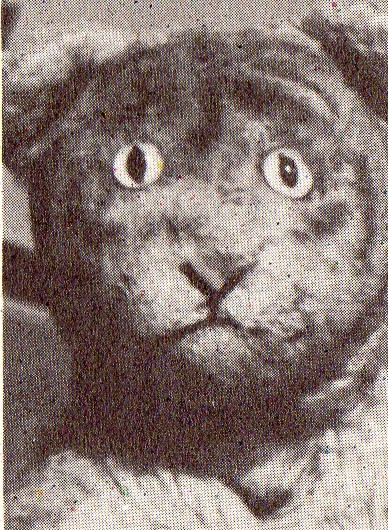
"Oh, Lady Elaine, what is love?"
"That's easy," said Lady Elaine. "I just look into my mirror and -- it's love!"
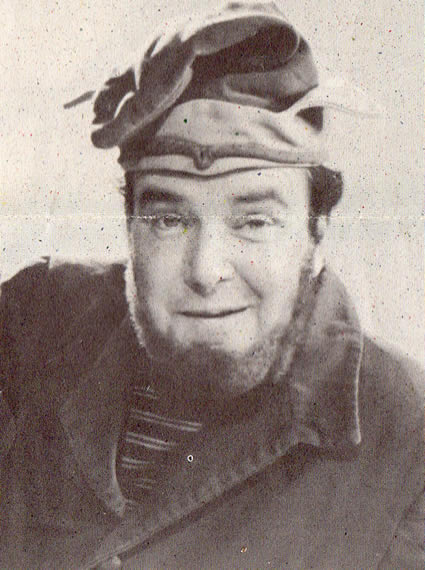
"I'm serious," said lady Aberlin. "So am I," said Lady Elaine. "You can't love anybody else if you don't love yourself first."
"Isn't it called love when you hold me close and we talk?" Daniel Tiger asked. Lady Aberlin said, "Of course, Daniel. But I think I'll ask Queen Sara too."
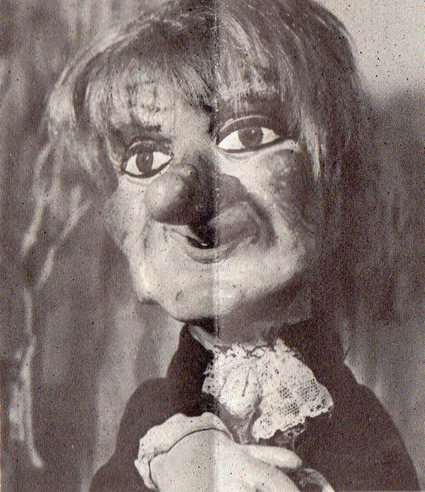
"Queen Sara, I used to think that when you loved somebody, that person always made you happy and never made you angry."
"Friday and I got very angry at each other yesterday," Queen Sara said. "But we love each other. Love is a feeling that's big enough to put many different feelings inside. Laughing and joy and sharing and even being angry can all fit inside loving." "But what do you do about love," asked Lady Aberlin, "if you don't always understand it?" Queen Sara smiled. "Why, you just go right on loving."
Robert Troll thought at first that love was kissing and hugging. Sometimes it is. But there are different kinds of love, and there are many ways to show it. Many ways don't even look like love, until you look closely.
Here are ways that Mister Rogers' neighbors have said "I love you." But there are many more. Some of them are ways that only you know.
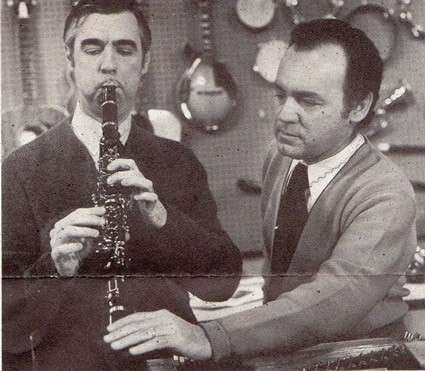
Teaching something new to someone is one way. Joe Negri is showing Mister Rogers a few notes on the clarinet.
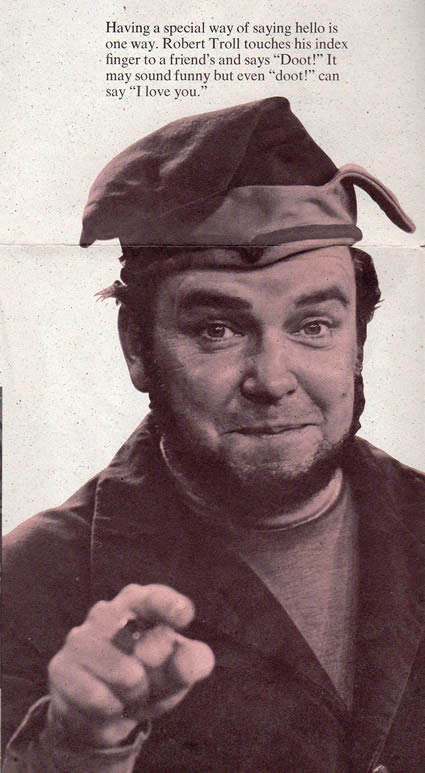
Telling someone how you feel is a good way to say I love you. People who care about you like to know when you feel happy or tired or mad. Robert Troll told Lady Elaine how upset he was when she magically mixed things up in the neighborhood.
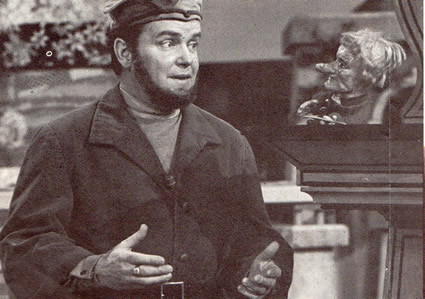
Having a special way of saying hello is one way. Robert Troll touches his index finger to a friend's and says "Doot!" It may sound funny but even "doot!" can say "I love you."
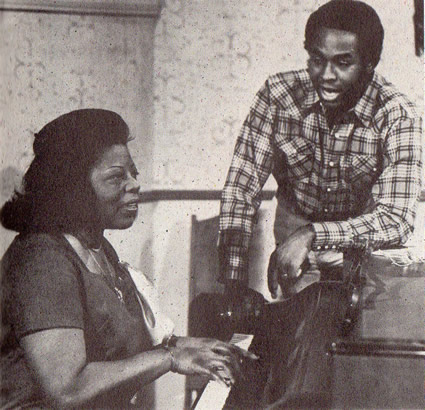
Singing a song with someone you like is one way. Francois Clemmons is sharing some music with Mary Lou Williams, a friend who is a jazz pianist.

Sharing good food is one way. Chef Brockett is squeezing fresh carrot juice for Mister Rogers.
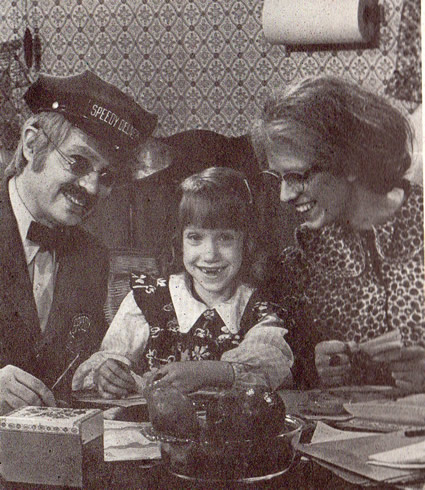
Setting aside time to just be together can be one way. Chrissie Thompson is enjoying time with her television grandparents, Mr. and Mrs. McFeely.
Things you make with your own hands, like these paper chains, can be a way to say I love you. Paper chains could be a present for someone you like. Or you could use them to decorate a room for a holiday or any day. And when you're finished, there's the cleaning up way to say I love you!
ABOUT THOSE PEOPLE YOU LOVE THE MOST
What Lady Aberlin found puzzling about love has puzzled many people. What kind of elastic-stretchy emotion is it that can be felt for a father or mother, a baby sister or a kitten? How come we call it the same thing, yet mean different things for each kind of love?
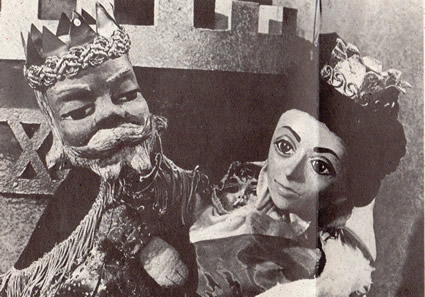
Anyone who has lived in a family or other deep, close relationship, knows that people can't always be smiling, hugging, and kissing, as Robert Troll thought. Loving that grows and works is loving which has room for all the surprising or monotonous or even contradictory feelings it has to contain.
Most people first experience love in a direct and simple fashion. A baby begins to love its parents.
That's because the parents take care of the baby's first needs -- food, warmth, security, hugs. Later a parent fills more subtle needs -- with a smile, with his or her presence at a game or a display of somersaulting, or with approval of what a child does, with how a child is growing. Just the sound of his mother's voice can make a toddler smile. And in turn, a baby's need for and delight in loving makes a parent feel needed and loved.
As children grow, their needs become subtler and more diverse. A small child begins to need his parents to let him be by himself sometimes, or sometimes to try to run around with the bigger kids. A child of six may need to crawl babylike back into the lap he's beginning to outgrow. And children need hear "no" when they lean out too far or reach for something sharp. A child beings to need to be balked in some wishes, because a parent loves him or her enough to say no as well as yes. To a child, puzzling as it is at first, limit-giving (with its good, sure feeling that someone cares what you do) little by little takes on the shape of love that it is.
Still, this can be hard for a child to understand. How can the same grownup who ran around with you in the grass at a picnic ask you to stand still and be quiet at a wedding? Some children have been known to think that there are two or three different Daddies or Mommies -- there's a yes Mommy, a no Mommy, and I'm-too-tired Mommy, a Going-out-good-bye Mommy. but in time children see that the very same mother who can be hugging or serious or reading or excited or silly or angry is always one whole person. And even as children wonder about this ability of people to include many different feelings, they are learning to accept it in others and in themselves. It is another amazing thing they find out more and more as they grow.
Note: If you miss a program that you or your child is particularly interested in, check with your local station to see when it will be repeated. Give them the program number.
Week of December 2
Daniel's clock disappears Monday (#466), and a newcomer in the Neighborhood by the name of All-mine is the suspect. Lady Elaine uses some of her own brand of mischievous wisdom to help Daniel retrieve his clock Thursday (#469).
Week of December 9
The McFeelys have an old Edison phonograph to show on Monday (#471), and they remember the days when they bought it many years ago. John Rogers, Mister Rogers' younger son, visits Elsie Neal's Craft Shop and makes a plaster casting of his hands on Tuesday (#472). On Friday, King Friday unveils his new statue (#475), and the McFeelys celebrate their anniversary with surprise gifts for one another.
Week of December 16
The Browns practice their puppet performance of "The Elves, the Shoemaker, and the Shoemaker's Wife" Monday (#476). Friday Mister Rogers shows a film of a shoe factory (#480), and the Browns give their musical marionette performance.
Week of December 23
The street games children play on Francois Clemmons' block in New York are shown in a film Monday (#481). Wednesday there is a fire in the Neighborhood of Make-Believe, and Handyman Negri manages to put it out (#483). Thursday (#484) Julia Child shows how to cook without a stove, and Bob Dog brings his friend Smokey the Bear to talk to Henrietta. Friday (#485) Mister Rogers begins to read "The History of Planet Purple."
Credits
Around the Neighborhood and the materials that accompany it are published ten times a year by Family Communications, Inc., a not-for-profit Pennsylvania corporation. Mister Rogers' Neighborhood is funded by grants from the Sears-Roebuck Foundation and the Corporation for Public Broadcasting.
Around the Neighborhood is created in association with Media Projects Incorporated of New York. Subscriptions, printing, and distribution are accomplished by Multiscope, Inc., Pittsburgh, Pa.
Executive Editor: Sara Stein
Editor: Barbara Staib
Editorial Consultant: Hedda Sharapan
Psychological Consultant: Dr. Margaret McFarland
Graphic Designer: Fred Poffenberger
© 1974 Family Communications Inc.
